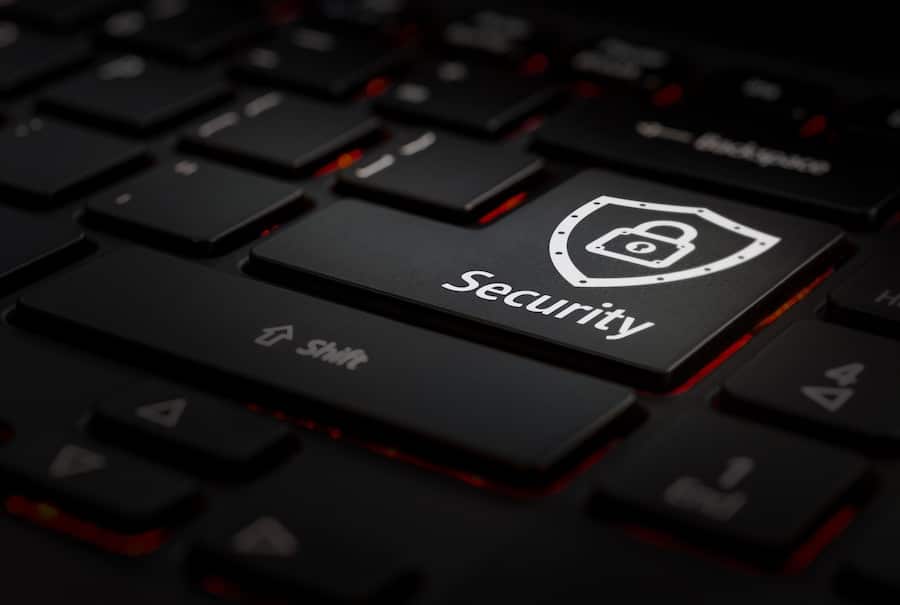WordPress, a popular platform for WordPress Website Development, powers millions of websites globally. Unfortunately, its popularity makes it a prime target for cyberattacks. To safeguard your digital presence, implement these five essential security measures.
1. Keep WordPress Core, Themes, and Plugins Updated
Regularly updating WordPress core, themes, and plugins is crucial for maintaining a secure website. Outdated software contains vulnerabilities exploited by hackers. Enable automatic updates whenever possible and prioritize core updates. After updating, thoroughly test your website to ensure optimal functionality.
2. Choose Strong, Unique Passwords
A robust password is your first line of defense against unauthorized access. Avoid easily guessable information and opt for a complex combination of letters, numbers, and symbols. Utilize a reliable password manager to securely store complex passwords. Additionally, consider enabling two-factor authentication for an extra layer of security.
3. Limit Login Attempts
To deter brute-force attacks, configure your WordPress settings to block IP addresses after multiple failed login attempts. This measure helps protect your website from unauthorized access.
4. Install a Reputable Security Plugin
A security plugin provides an essential layer of protection by monitoring your website for threats. Research and select a reputable plugin with positive reviews and consistent updates. Configure the plugin to align with your website’s specific needs and maintain it up-to-date.
5. Regularly Back Up Your Website
Regularly backing up your website is crucial for disaster recovery. Create backups and store them securely off-site to prevent data loss in case of a security breach or website corruption.
6. Limit User Permissions
Assign specific permissions to different user roles based on their responsibilities. This practice helps prevent unauthorized access to sensitive areas of your website.
7. Avoid Using the Default Admin Username
Change the admin username to a less predictable option to deter hackers. Using a default username makes your website an easy target for attackers.
8. Strong File Permissions
Ensure proper file permissions on your server to prevent unauthorized access and modifications.
9. Use HTTPS
Implement an SSL certificate to encrypt data transmitted between your website and visitors, protecting sensitive information.
10. Stay Informed About Security Threats
Stay updated on the latest security threats and vulnerabilities in the WordPress ecosystem. This knowledge empowers you to implement necessary countermeasures to protect your website.
At WIZCODEZ, we understand the importance of website security. Our team of experts can assist you in implementing robust security measures to protect your WordPress website.











